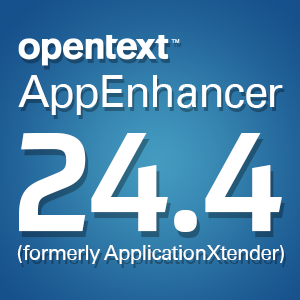Automated workflows improve accounts payable efficiency
Monday, May 20, 2013Businesses are often overwhelmed by the burdens that come with accounts payable processes, particularly when relying on paperwork-heavy practices. An electronic document management system can resolve many of these challenges and free up staff time, minimizing the negative consequences of late payments, clerical errors and lost information.
A recent Billentis report sponsored by GXS revealed that company investments in electronic invoice (e-invoice) processing technologies can be returned within just six months. Further, the report found a possibility for between 60 and 80 percent savings with e-invoicing compared with traditional paper-based approaches.
"Today's finance departments face a complex and challenging business environment that requires tremendous business savvy, making innovation an essential driver of the department's excellence," said Bruno Koch, owner at Billentis. "Erratic markets, the globalization of trading, new regulation and compliance issues, increasing complexity of business processes and steady change/transformation have forced the function of finance to redefine its role in the organizations."
Speed, quality and accuracy
More companies will continue to adopt e-invoicing in the face of rising demands for efficiency. Business 2 Community explained that manual invoice processing leaves enterprises at a significant disadvantage, and ignoring these issues in the competitive climate could be considerably detrimental in the long term. According to the source, PayStream Advisors has asserted that resistance to AP automation is "futile," while SciQuest reported that these technologies are so affordable and the advantages so apparent that there is no reason for delayed deployment. In fact, the source noted that PayStream Advisors studies have found e-invoicing is the top automation goal for 2013 both in the U.S. and on a global scale. Businesses are increasingly being forced to focus on solutions that will minimize processing costs while driving efficiency, and as a result, firms are finally abandoning outdated paper-heavy and manual practices.
Business 2 Community also cited Forrester studies that have revealed how document imaging technologies can empower organizations to achieve higher levels of performance, citing lower costs and higher quality service as two main benefits of digitized records. Aberdeen Research supported this assertion, as the source noted that the firm has found many enterprises have difficulty finding and managing both information and expenses due to a lack of visibility in manual AP processing.
Document imaging has now become a necessity for responding to financial, competitive and regulatory pressures. In order to minimize costs and allow staff to focus on more valuable tasks beside manually entering invoice data, companies need to deploy the most advanced digital solutions for automating every step of AP processes.
Brought to you by Image One Corporation providing complete information governance since 1994.




